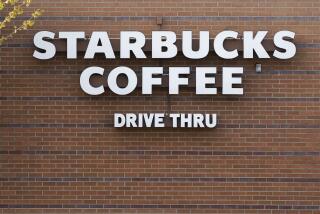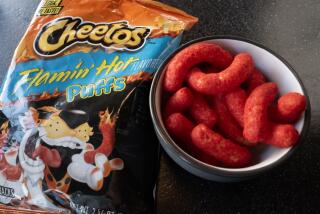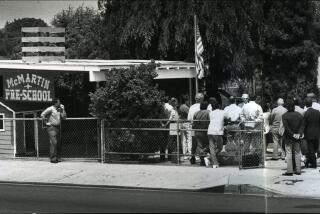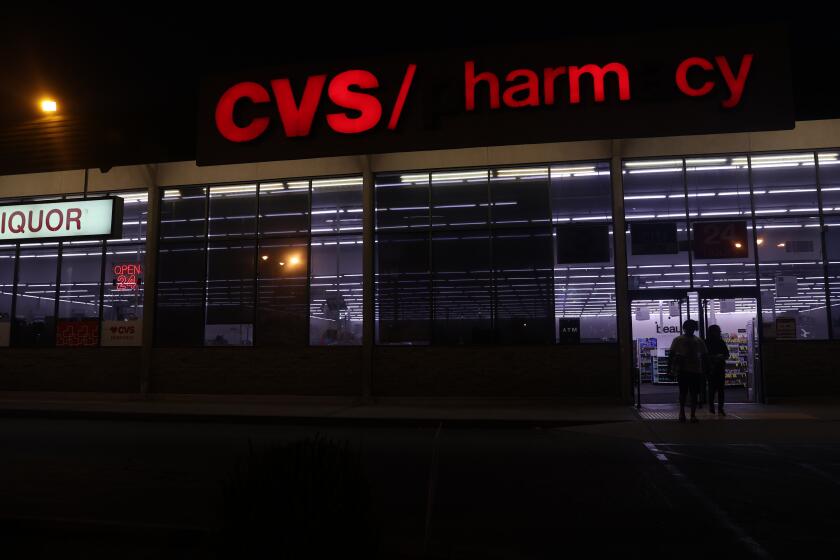Fighting Over More Than Just Spilled Coffee : Liability suits: What really happened in the McDonald’s case? The system worked.
My mother-in-law, Stella Liebeck, was severely burned by a cup of McDonald’s coffee while seated in a parked car in a McDonald’s parking lot. She was trying to add cream and sugar to the coffee. What she did not know is that McDonald’s, by corporate policy, kept its coffee between 180 to 190 degrees. That meant that if she spilled it, it would cause life-threatening third-degree burns in two to seven seconds. Everyone expects coffee to be hot; people expect a shower to be hot. But they don’t expect to be hospitalized by a cup of coffee or the shower. Stella spent eight days in the hospital and received skin grafts. It took more than two years to recover her health. There is permanent scarring over 16% of her body.
McDonald’s knew these facts. Yet, its lawyers wrote the trial judge that the company wanted the case to go to verdict and would not settle.
Our lawyers had told us that we could not expect a large settlement. Our lawyers produced two experts in skin burns and burn care. McDonald’s expert witnesses verified what our expert witnesses said. They admitted the product was too hot for consumption when sold. They did not contest the fact that it took 25 minutes to cool to a drinkable temperature. The quality-assurance manager from McDonald’s then said, under oath, that the corporation had a list of more than 700 burn cases. In fact, he was surprised that the number wasn’t much larger.
Our lawyer had questioned this same man several years before for a client with a similar severe burn. Thus, this executive admitted that he was personally aware of the nature of the burns that come from this scalding-hot product. The manager also said he knew that his customers were not aware of the danger of third-degree burns from this product. He said in the past six years that he had not consulted any burn expert. He stated he had no intention of turning down the heat. Further, McDonald’s had spent money on a statistician to say in court that Stella and all the other burn cases were statistically insignificant, and thus there was no reason for the corporation to do anything.
The reasonable jury told this irresponsible corporation that its behavior was unacceptable. It unanimously fined punitive damages of two days of coffee sales--$2.7 million. However, the judge reduced the punitive damages to three times compensatory damages.
The system worked because the initial punitive award brought public attention to this issue. My mother-in-law was given the option of retrying the case. She chose a confidential settlement. What did McDonald’s do with the money they probably did not have to pay her? Did they spend it as a responsible corporation should, in finding ways to make their product safe? Recently, their coffee was still 183 degrees at the McDonald’s on Nassau Road in Houston. Meanwhile, they have spent money on an advertising campaign to make my mother-in-law look foolish and say she didn’t take responsibility for her actions.
The system worked as it was supposed to. A judge currently has the capability to reduce excessive judgments. It’s also obvious that lawsuits like this bring attention to dangerous defective products. Since government does not wish to legislate the regulation of the sale of all products, is it appropriate to remove any redress from those who would be injured by corporations that knowingly and callously sell defective products?
These remarks are adapted from Charles Allen’s statement at a March 1 press conference by Public Citizen in Washington.
More to Read
Inside the business of entertainment
The Wide Shot brings you news, analysis and insights on everything from streaming wars to production — and what it all means for the future.
You may occasionally receive promotional content from the Los Angeles Times.










